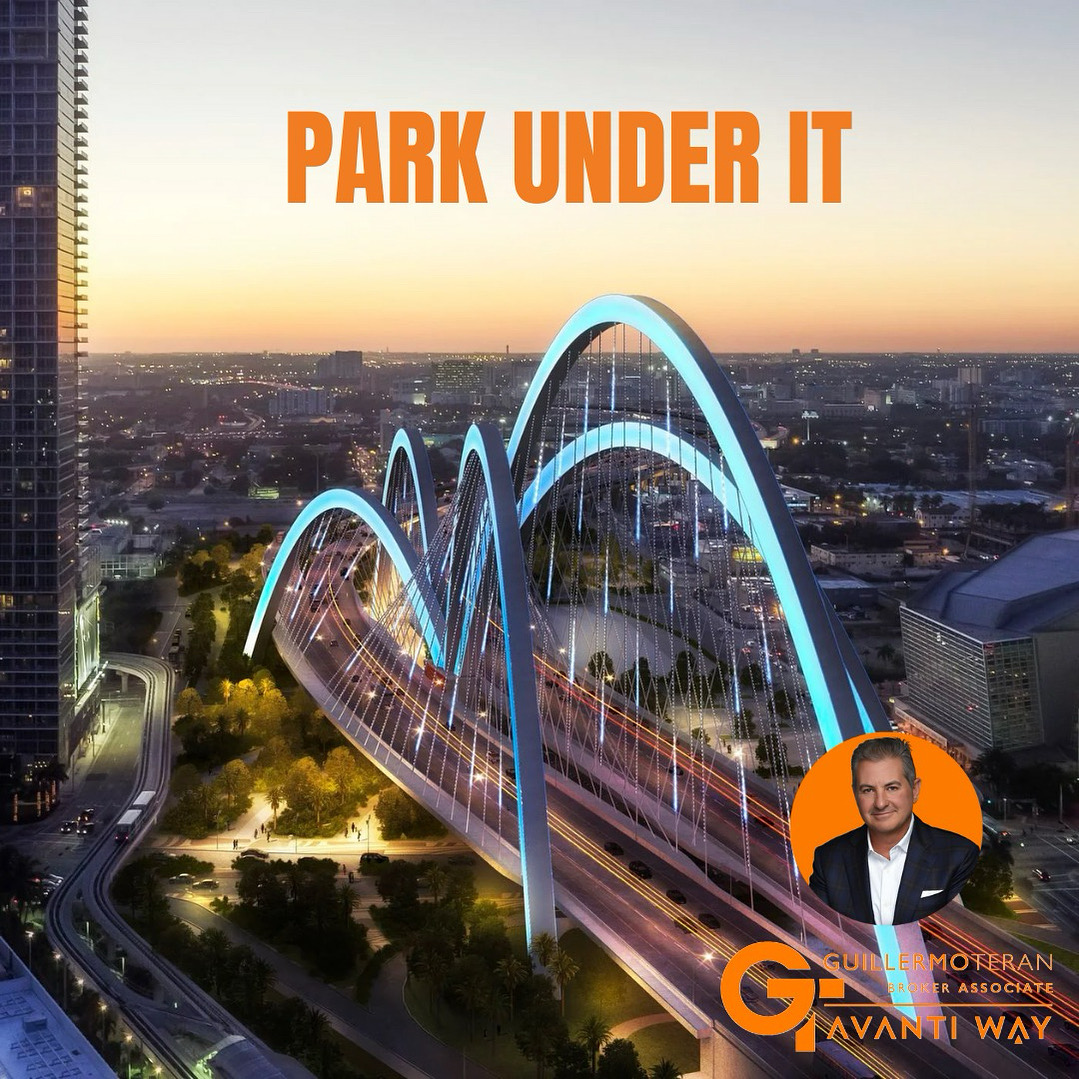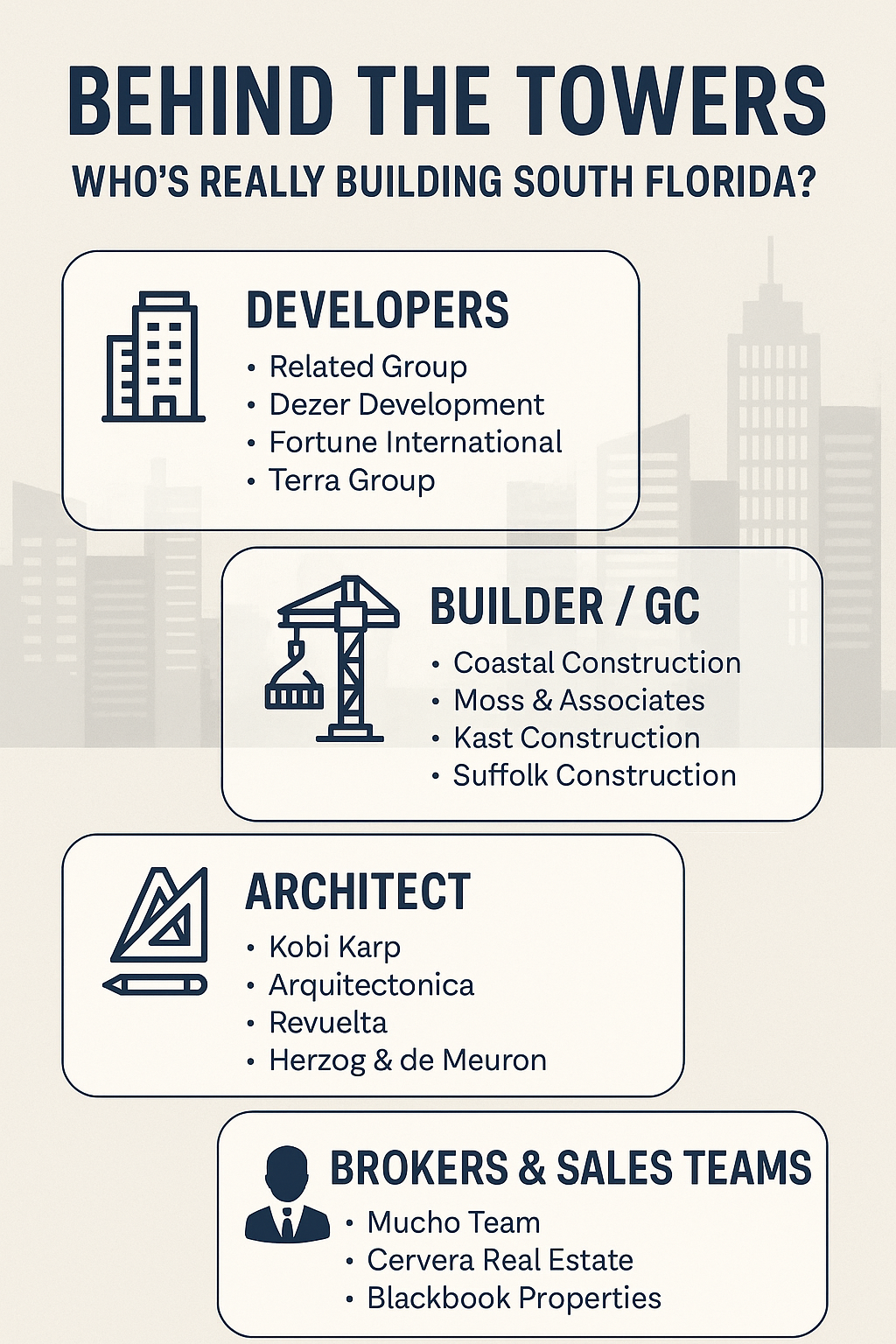
What Is the Halo Effect in Real Estate?
In real estate, the Halo Effect refers to the phenomenon where a major urban project — like a park, cultural landmark, or transportation hub — creates a ripple of value across the surrounding neighborhood.
Property prices, rental demand, and business activity all rise faster than in other areas, simply because of proximity to this new asset.
Famous examples:
• Central Park, New York City: Premiums of 30–50% on properties along the park.
• The High Line, NYC: Properties nearby rose up to 10% faster than other Manhattan areas.
• Millennium Park, Chicago: Triggered billions in nearby development.
Now, Miami is ready to write its own chapter.
⸻
Central Park: The Original Halo Effect
When Central Park was completed in the late 1800s, skeptics questioned the investment. Today, it is one of the most valuable urban assets in the world.
• Properties along the park command some of the highest prices per square foot in America.
• Entire neighborhoods, such as the Upper East Side and Upper West Side, evolved into global symbols of prestige and wealth.
• Central Park became a cultural and economic engine, shaping New York’s identity and creating generational wealth for early investors.
The lesson is clear: urban green space = real estate premium.
⸻
Miami’s Central Park Moment: The Underdeck
Miami’s answer to Central Park is The Underdeck, a 33-acre park and cultural space being built under the new I-395 Signature Bridge.
Key features of The Underdeck:
• Green areas, plazas, and trails.
• The Heritage Trail, reconnecting Downtown Miami and Overtown.
• Spaces for events, markets, and cultural activations.
• Improved pedestrian and bicycle access.
This is more than infrastructure. It’s a city-shaping project that will lift Downtown, Overtown, Edgewater, and the Arts & Entertainment District.
⸻
The Real Estate Impact of The Underdeck
Just like in New York, the Halo Effect in Miami will likely show up as:
• Faster property appreciation around the park.
• Stronger rental demand and higher premiums for units with walkability to green space.
• Increased cultural capital, attracting business, retail, and tourism.
For investors, the timing is critical. With completion expected in 2027, the window to secure pre-construction or repositioned assets before the activation is now.
⸻
Projects Positioned to Benefit
One standout is Casa Bella Residences by B&B Italia:
• 56 stories, designed by Piero Lissoni.
• Near sellout already, topping off in 2025.
• Completion set for 2026, just in time for the Underdeck’s debut.
• Located in the Arts & Entertainment District, minutes from the park.
This is the kind of development that sits directly in the Halo Effect’s path.
⸻
Why Investors Should Pay Attention
• Supply is limited: Miami’s urban core has little undeveloped land left.
• Demand is global: The city attracts capital from New York, California, and international buyers.
• Lifestyle-driven value: Parks and cultural landmarks create long-term premiums that outpace the general market.
Investing near The Underdeck today is the equivalent of buying near Central Park in its early days. The numbers will follow — but only for those positioned early.
⸻
Final Takeaway: Be Ahead of the Curve
The Halo Effect isn’t a trend. It’s a proven real estate principle.
• Central Park did it.
• The High Line did it.
• Miami’s Underdeck will do it next.
Investors who secure property around the Underdeck now won’t just own real estate — they’ll own a piece of Miami’s future identity.
Miami is not just another real estate market. It’s a city in constant transformation — a place where cranes define the skyline and developers reshape entire neighborhoods. From Wynwood to Brickell, from Edgewater to Coconut Grove, new towers rise every year, promising luxury, lifestyle, and long-term growth.Yet behind the glossy marketing, pre-construction is a world filled with complexity. Timelines shift, financing rules vary, and new laws — like those passed after the Surfside tragedy — are changing the way condos are built, sold, and maintained. For buyers, investors, and even seasoned agents, navigating this world without the right guidance can...
Every great tower begins with three key forces working in sync: 1. The Developer – Assembles land, vision, and capital 2. The Architect – Designs the building’s structure, functionality, and brand identity 3. The Builder / GC – Executes the vision, pours the concrete, and brings it to lifeWhen these three work in harmony, the project has a higher likelihood of being delivered on time, on spec, and with resale value intact.⸻🏗️ Top Condo Developers in South FloridaThese firms don’t just announce projects — they finish them. Here are the region’s most trusted high-rise developers:1. Related GroupMiami’s undisputed condo king...

